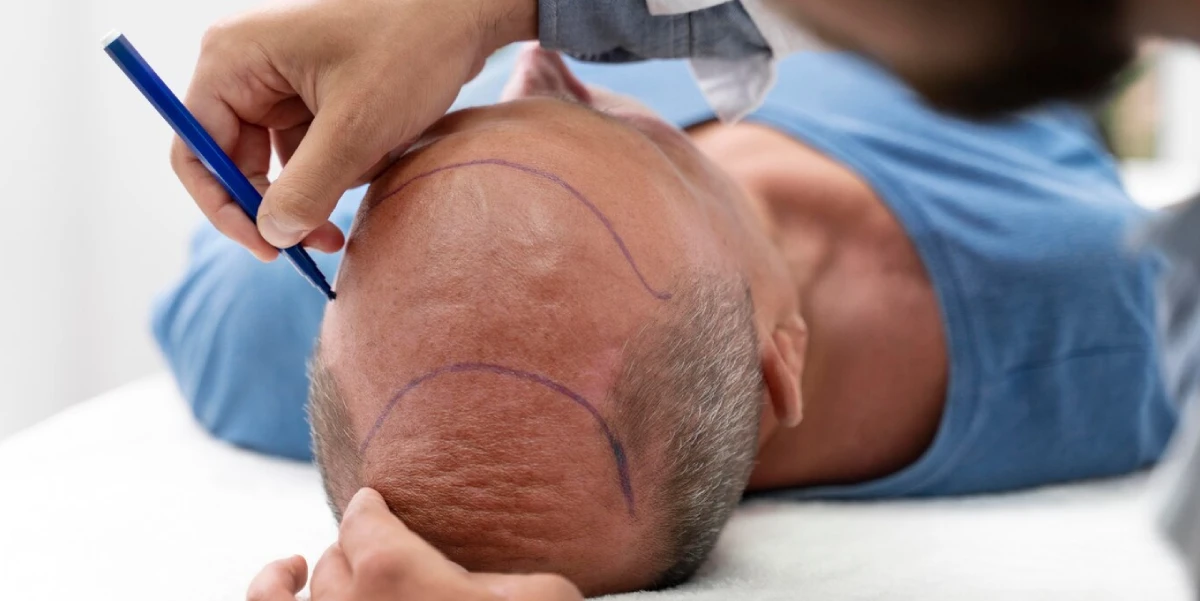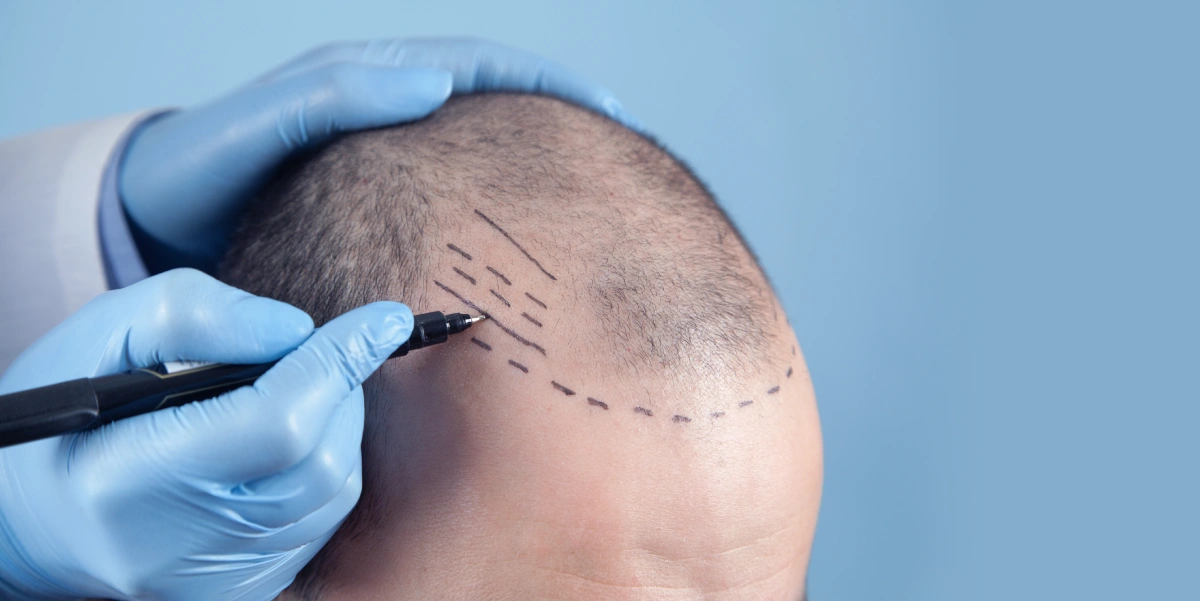What Should You Know Before Hair Transplantation
- By Harleys Clinic
- Apr, 13 2019
At the Harleys Hair Transplant Clinic, we believe and strive to deliver the best customised service to our patients. We are fully aware with the fact that each case of hair loss is unique and every person’s goals are personal to them.
Harleys Clinic has delivered some of the best results that speak volume about the high level services provided here. The list of highly satisfied clients is really long and you could be one of them.
Let’s find out more about the various options to fight hair loss and resolve your baldness problem.
Hair loss or shedding is undoubtedly a natural procedure that is faced by everyone. However, sometimes (or in majority of men) excessive hair loss can be quite scary. Unfortunately, not everyone who loses hair will end up looking like a celebrity. But, here an important question arises “how much shedding should be considered normal, and at what point you need to start worrying about it?”
What You Must Know
On an average majority of people have about 100,000 hair strands on their scalp and shed around 100 to 125 strands every day (counting can be quite difficult). The medical term used for normal hair loss is known as Alopecia and it happens because the hair on your head grows in cycles. Do you know that every single hair follicle undergoes a growth stage of around two to eight years, which is also accompanied by a two-month resting stage in which no growth takes place? Afterwards, the hair strand falls out and a new one begins to grow in its place.
It clearly means that for a fit person around 80% and 90% of follicles are growing hair at one time, meanwhile the remaining follicles are either in the stage of shedding or resting. So, are losing more strands than that? If yes, then something’s wrong. Remember, if the loss of strands is more than 125 hairs per day, it can’t be considered as just hair shedding.
Gone are the days when wigs were the only solution to hide baldness. With advancement in the medical field, new, innovative and result-oriented methods have developed that can work wonders to resolve the baldness problem. There are many hair treatments and hair transplant solutions available these days that can bring back hair on a bald scalp.
Now, the question arises that what are treatments that can help in removing baldness problem. Here are a few hair fall treatments that are known for delivering excellent results:
- Growth Factor Concentrate Therapy
- Mesotherapy
- LLLT (Low Level Laser Therapy)
- Dermaroller/Stem Cells
- Hair Extensions
- Microfibres
These hair fall treatments are known for delivering positive and healthy results. A lot depends on the type of hair loss you’re dealing with, and what treatment would suit your specific condition. However, these treatments cannot match the level of results and satisfaction delivered by hair transplant in Mumbai.
Types of Hair Transplant
There are two principle hair transplant surgeries namely FUE (Follicular Unit Extraction) and FUT (Follicular unit Transplant). The primary distinction between FUT or ‘strip medical procedure’ and FUE is the technique for removing the transplanted hair. FUT and FUE are extremely successful types of Hair Transplants, and these aren’t competing methods of which one must make a choice.
In reality, both have their own benefits to offer and it depends on you to choose between them. However, one can’t deny the fact that FUE has an extra edge when it comes to the satisfaction of the patients.
FUE is a relatively new method that provides a less invasive means of harvesting hairs from the donor site. In this type of surgery precision tools are used to harvest the hairs one follicle at a time, and then these follicles are planted into tiny slits in the balding areas. FUE differs from the (FUT) method in which a strip of hair is extracted from the donor area on the scalp, and then the follicular units are harvested out of the strip.
Recovery after hair transplant treatment
- You will need to arrange for a family member or a friend to drive you back home, if you were given a few partial anaesthetic medicines before the transplant, as the effect of these medicines can take up to 24 hours to wear off.
- Most patients go back to their work about 3 days after their hair transplant surgery.
- It’s often possible to return to work more quickly after an FUT surgery. That’s because the head is not shaved completely, so the surgery may not be noticeable.
- The patient should be very careful with his/her transplanted hair for the first 14 days after the surgery. During this time period, the newly transplanted grafts will be secured in their new location.
Remember, hair transplantation in Mumbai is the safest and the most reliable treatment available that can bring healthy and shiny hair back on your scalp permanently. So, contact us today for more information about hair transplant Mumbai treatments.






